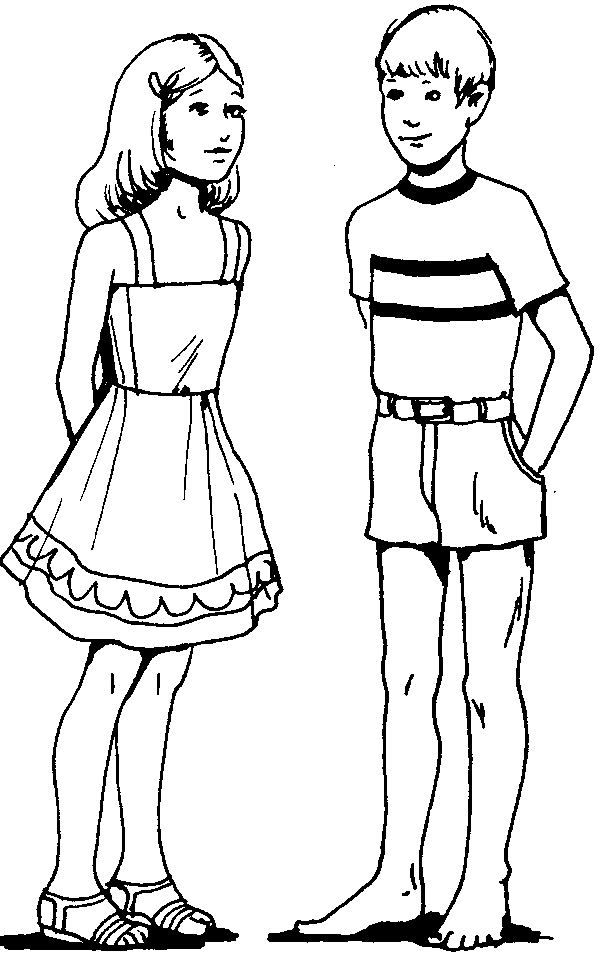
We recently came across an article from the "I Refuse to call my Daughter a 'Tomboy' by Catherine Connors. Have you noticed how many retro step through bikes are on the roads being proudly rdden by men and women alike? And the breaking down of the gender stereotyping is starting to filter into kids bikes too.

However, in the last 10-20 years, adult bicylce designs are more commonly being described by their frame style, rather than the presumed sex of the rider. And although the first kids bikes made in the 1920s also had a low-step through design, over time, kids bikes separated into the two current designs as well. And over time, as bicycle production increased and the use of bikes by women increased too, bikes continued to be split into gender-specific design. So what is driving this? The lower step-through design was introduced in the 1890s for women riding in skirts and dresses. So it is more to do with the social aspect - there is an expectation in the market to have two different designs. In fact, a lower step through (which is the traditional girls-specific design dating from the 1890s) is an advantage for most young riders as it is easier to get on and off. Strength-wise, there is also no real difference in the design either. From a specific riding point of view, the difference in the girls or boys design has zero impact on functionality. A frequently asked question by parents is whether the girls-specific and boys-specific design really matters on kids bikes? And the answer is no, it does not matter.


 0 kommentar(er)
0 kommentar(er)
